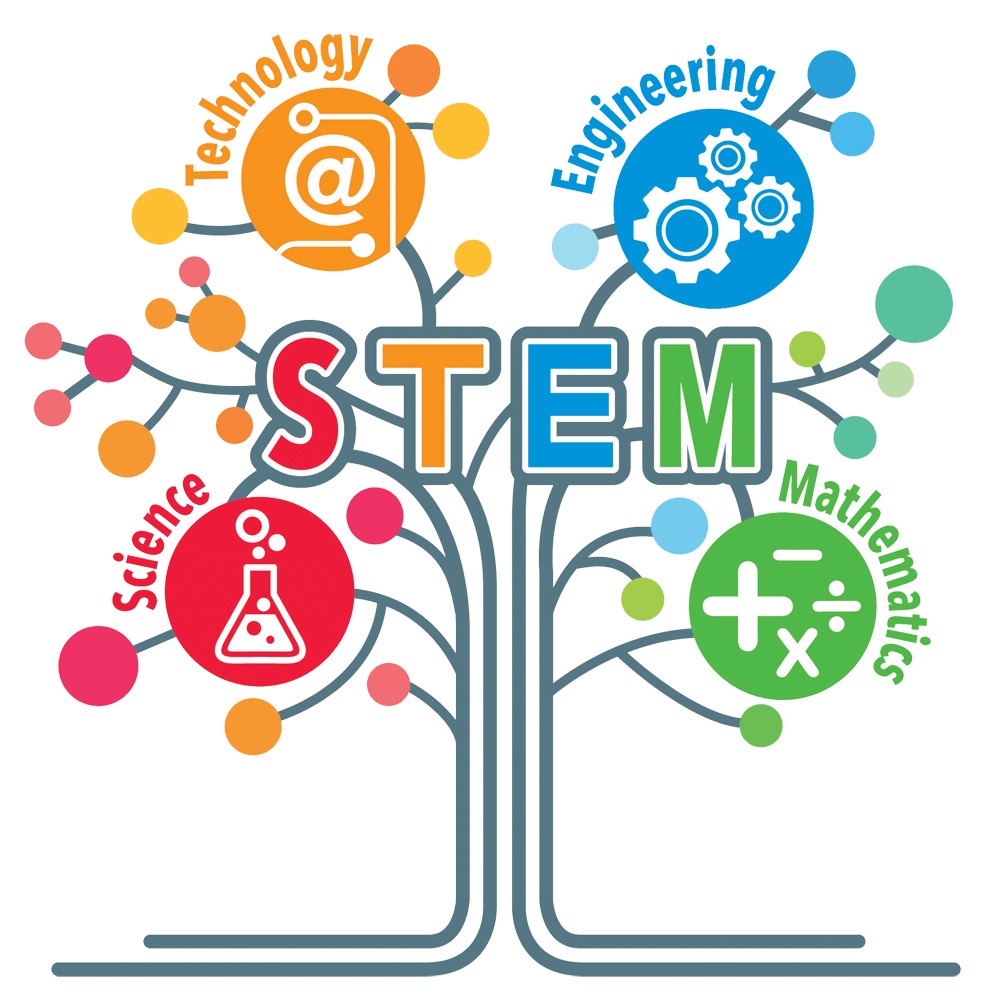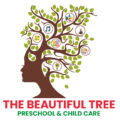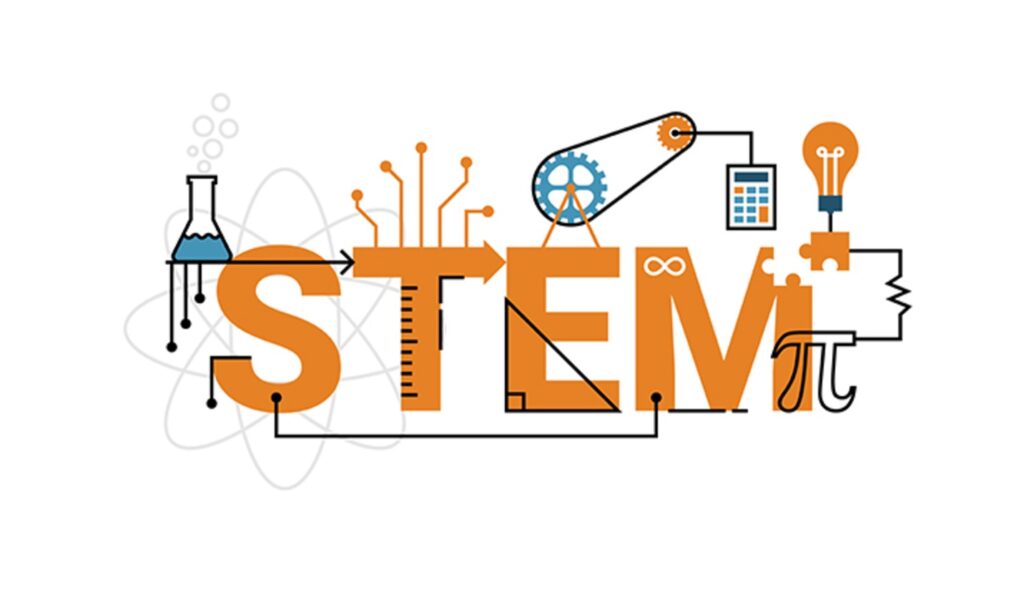Imagine a world where children face challenges head-on, dive into complex problems with enthusiasm, and confidently navigate an ever-changing landscape. This isn’t some utopian dream; it’s the future we can create by equipping our children with the essential skills of critical thinking and problem- solving. And the key to unlocking this potential lies in STEM education.
This booklet draws inspiration from the insightful Wired article “Why STEM? Success Starts with Critical Thinking, Problem-Solving Skills,” highlighting the crucial role STEM Activities plays in cultivating these vital skills. We’ll explore why these abilities are paramount, how STEM offers a unique platform for their development, and practical tips for parents, educators, and even ourselves to foster young minds that thrive in the face of any challenge.
Why Critical Thinking and Problem-Solving Matter:
The world our children are stepping into is one of rapid technological advancements, automation, and ever-evolving complexities. Rote learning and standardized tests fall short in preparing them for this dynamic landscape. Instead, they need the flexibility and ingenuity that comes with strong critical thinking and problem-solving abilities.
These skills go beyond simply finding the right answer. They empower children to:

Analyze Information: Question assumptions, weigh evidence, and discern fact from fiction.
Think Creatively: Approach problems from multiple angles, generate innovative solutions, and embrace open-ended thinking.
Adapt and Learn: Navigate unfamiliar situations, learn from mistakes, and continuously improve their approach.
Collaborate Effectively: Work in teams, communicate ideas clearly, and build upon each other’s strengths.
These are the very skills that tomorrow’s innovators, entrepreneurs, and leaders will need to succeed.
STEM: The Perfect Playground for Growth:
Science, Technology, Engineering, and Mathematics are more than just academic subjects; they are doorways to discovery and experimentation. STEM education, when approached correctly, provides a fertile ground for nurturing critical thinking and problem-solving skills:
Project-based learning: Real-world challenges become the driving force, encouraging students to actively engage with concepts and apply their knowledge to find solutions.
Inquiry-based Learning: Curiosity takes center stage as students ask questions, research solutions, and test their hypotheses, developing a deeper understanding of cause and effect.
Collaboration and Communication: Working in teams on projects fosters the ability to share ideas, listen constructively, and build consensus, preparing students for a collaborative world.
Interdisciplinary Approach: Breaking down the silos between subjects allows students to connect the dots, see the bigger picture, and apply their learning to various contexts.
Empowering Young Minds: Actionable Tips:
So, how can we, as parents, educators, and individuals, actively contribute to developing these essential skills in our children? Here are a few ideas:
Embrace Curiosity: Encourage questions, celebrate mistakes as learning opportunities, and provide space for exploration and experimentation.
Challenge them Don’t spoon-Feed: Present open-ended questions, let them research and find solutions, and guide them, but don’t give away the answers.
Makeitreal: Connect learning to everyday life, encourage tinkering with technology, and engage in STEM-related activities outside the classroom.
Play Games and Puzzles: Board games, logic puzzles, and even video games can provide brainteasers and challenges that stimulate critical thinking.
Read Together: Explore biographies of inventors and scientists, read stories with problem-solving narratives, and engage in discussions about the characters’ decisions.
Lead by Example: Demonstrate critical thinking and problem-solving in your own life, involve your children in decision-making processes, and discuss your thought process.
The journey towards nurturing critical thinkers and problem solvers starts now. By embracing STEM education and actively engaging in these practices, we can empower our children to thrive in a world brimming with possibilities. Remember, the future belongs to those who dare to question, explore, and create. Let’s equip them with the tools they need to shape it.

